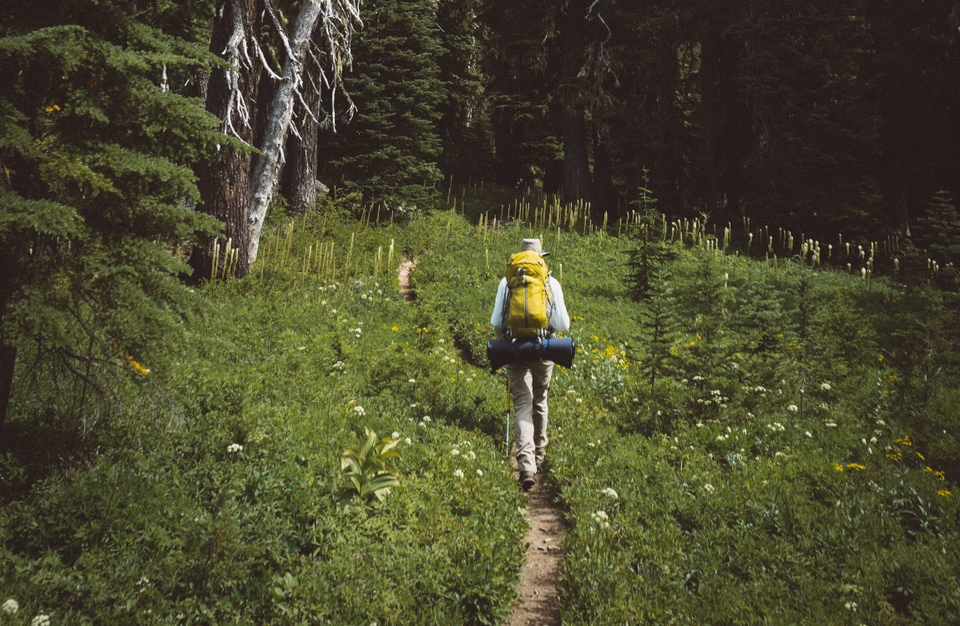Tent manufacturers often list multiple weight points to highlight the versatility of their products, especially when the tent is marketed as a lightweight or ultralight tent.
Packed weight and trail weight are the most common, though you may come across terms like minimum weight, max weight, fast-pack weight, and flyweight. Unfortunately, there are no industry standards for what to include in each weight class, so the listings may be misleading or difficult to compare between manufacturers.

Packed weight — aka packaged weight or max weight — refers to the total weight of the entire package at the time of purchase. This includes the stuff sack, tent body, rain fly, poles, stakes, guy lines, and other accessories like a patch kit or pole repair sleeve. Unless the tent comes with a footprint (most tents don’t), assume that you’ll need to purchase and pack a footprint separately.
Simply put, packed weight is the most your tent will weigh without any add-ons. While trail weight and fast-pack weight are both up to interpretation, there’s no manipulating packed weight: if it’s in the bag, it’s part of the calculation. As such, it’s best to reference the packed weight when comparing tents from multiple manufacturers in order to compare apples to apples.
Unless you’re an ounce-counting backpacker, packed weight is the most accurate assessment of how much your tent will weigh when it’s loaded in your backpack. You can subtract one or two ounces to account for extra stakes, patch kits, and other unnecessary accessories, but it’s safe to say that the packed weight is a fair representation of the tent’s true weight.
Trail weight — or minimum weight — is how much the tent weighs without the non-essential components. At a minimum, this should include the poles, tent body, and rain fly. Some manufacturers include stakes and guy lines when calculating trail weight. However, you should assume these aren’t included in the trail weight unless they’re specifically listed on the packaging.
Understanding the trail weight is helpful, but it can be misleading. You’ll need stakes to pitch your tent, so leaving stakes out of the calculation is unrealistic unless you plan to purchase ultralight stakes on your own and want to weigh those separately.
Most people prefer to use the stuff sack rather than cramming the tent into their backpack, and you’ll need guy lines to secure the rain fly when the weather turns wet or windy. Cutting these may save you 8-10 ounces, but these features are often worth the extra burden for the peace of mind knowing you’re fully prepared for whatever mother nature throws your way.
Continue reading Trail Weight vs Packed Weight: The Differences Explained here.
The Women's Outdoor News, aka The WON, features news, reviews and stories about women who are shooting, hunting, fishing and actively engaging in outdoor adventure. This publication is for women, by women. View all posts by The WON